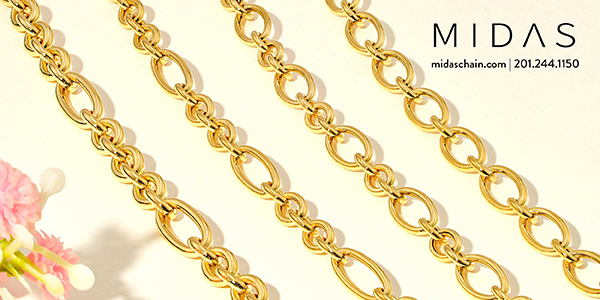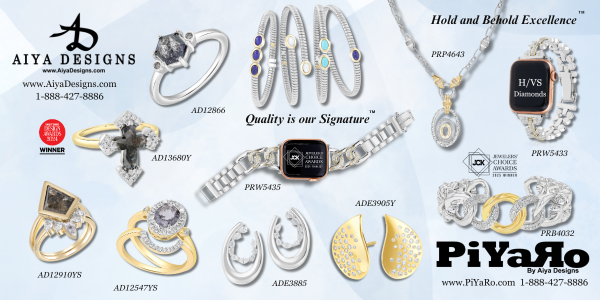IN THE KNOW
May 2025
A Guide for Building Resilient Brands
Nan Lung Palmer
In today’s competitive jewelry market, standing out is about more than offering stunning designs if you’re a jeweler—or a breadth of assortment if you’re a retailer. It’s about crafting a resilient brand that customers trust, remember, and keep coming back whether you operate a single storefront or a multi-location retail business. A strong brand ensures consistency, fosters emotional connections, and drives profitability.
But many jewelers and retailers struggle with aligning their brand identity across different business activities, leading to missed opportunities and diluted messaging.
This guide will show you how to differentiate your brand by:
- Understanding your target audience.
- Building a structured Brand Guide
- Conducting a self-audit using the Four Pillars of Branding: Authenticity, Resonance, Differentiation, and Expression
With actionable insights, checklists, and best practices, this framework will help you refine your identity, strengthen customer loyalty, and secure long-term market recognition.

1. THE FOUNDATION: UNDERSTANDING YOUR TARGET AUDIENCE
Before implementing any branding strategy, you need a clear understanding of your customer base. Who is your primary shopper? Are they seeking heirloom-quality fine jewelry, affordable everyday pieces, or a mix of both?
Dig into your CRM and customer data—purchase history, preferences, and social media engagement—to uncover what your core and potential customers truly value.
Best Practice:
Develop customer personas to segment your audience effectively.
- If you cater to luxury buyers, emphasize exclusivity, well-known brands, and craftsmanship.
- If you specialize in custom designs, focus on storytelling and one-of-a-kind experiences.
- If your customers prefer trend-driven styles, ensure you have quick-turn inventory to meet demand.
2. CRAFTING A BRAND GUIDE: YOUR BLUEPRINT FOR CONSISTENCY
A Brand Guide is your strategic playbook, ensuring that every aspect of your business—from marketing to in-store experiences—stays consistent. This builds customer trust, brand recognition, and long-term success.
Your Brand Guide should include:
- Brand Name, Vision, and Core Values – Define the essence of why you exist.
- Brand Personality & Voice – Set your tone of communication (luxurious and exclusive vs. friendly and approachable).
- Visual Identity – Logo, typography, color palette, and packaging.
- Customer Experience Guidelines – Standardizing interactions online, in-store, and beyond.
Key Tip: If your Brand Guide is outdated or nonexistent, it’s time to audit and refine it to ensure it reflects your brand’s current direction.
















